Spartan (2/2)
A Warm, Dry Journey to a New Jersey Artificial Reef
by Herb Segars
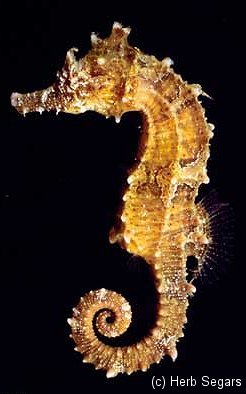
Join me on an armchair visit to marvel at the marine environment found right in our home waters. Our journey will be to a favorite dive site of mine, put there by the DEP Division of Fish, Game and Wildlife. It is a ship called the Spartan, a canal tugboat built in 1957 in Chicago that worked the Great Lakes and New York Harbor.
Donated to the State of New Jersey, It was scuttled in January 1986 as an artificial reef. Eighty-five feet long and 25 feet wide, the Spartan sits upright in 70 feet of water, three miles east of Manasquan. To ensure an environmentally sound marine habitat, her fuel tanks and bilges were thoroughly cleaned and much of her equipment, including the engines, stripped before her placement on the reef.
Rolling over the side of the boat into the green Atlantic water, my first sensation is one of mild shock as the cold water flushes away the body heat that had built up while suiting up in the 80°F August sunshine. With 20-foot visibility, I must follow the anchor line to the bottom 70 feet below. I make a quick check of my equipment and begin the three-minute descent.
The midwater is full of comb jellies, salps, lion's mane jellyfish and an occasional seahorse. The shapes of the salps and comb jellies - translucent bodies lined with fluorescent, multi-colored canals - fascinate me. I see small fish taking refuge in the trailing tentacles of the lion's mane jellyfish, while a solitary seahorse seems lost on a journey with an unknown end.
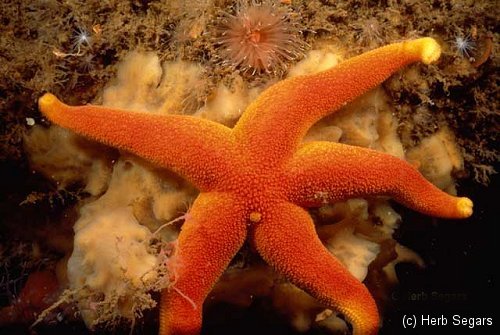
In a few short minutes, the dark shape of the Spartan appears. The steel hull and decks have acquired a covering that requires closer inspection. Colonies of blue mussels, the same type found in restaurants, have covered the majority of the steel surfaces. These mussels anchor themselves utilizing a number of threads which emanate from the mussels' body. They are secured to a holdfast with a waterproof adhesive, a substance that dentists and doctors are studying In the hopes of finding a man-made duplicate.
Competing for surface area on the hull and decks is the metridium anemone, a frilly flower-like animal that feeds on plankton collected from the water by its many tentacles. The railings along the top deck provide a home for the Turbellarian hydroid, a pink-colored, flower-like colony that lends a splash of color to the Spartan. From an underwater photographer's perspective, these three reef inhabitants provide an endless array of photographic subjects.
There are many other Spartan inhabitants. The most prominent being the sea star ( starfish ) whose favorite food is the blue mussel. I particularly enjoy watching the starfish as its multitude of suction cup-shaped feet move in unison, propelling the invertebrate rather quickly. One of the sea stars has chosen its dinner and is using its powerful arms to open a mussel shell and feast on the tasty meat.
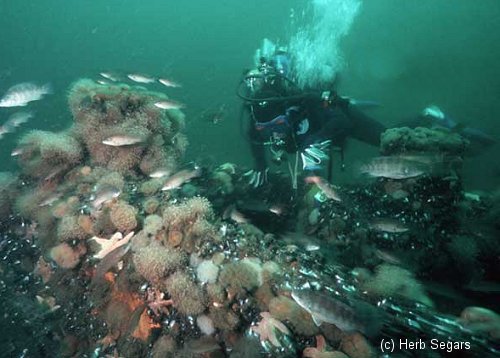
If you're a saltwater angler, you might not be familiar with the starfish, anemones or mussels, but you would recognize the finny inhabitants of Spartan - sea bass, Blackfish ( tautog ) and Bergalls ( cunner. ) Today, a large school of sea bass and blackfish are hovering just above the pilot house. They sense little danger as I approach, and the school parts to let me by. The majority of the fish in the school are small to medium in size. The larger members are extremely wary and tend to inhabit the innards of the ship.
In the center of the ship's upper portion, there is a large opening that allows me to drop down to the lowest section of the engine room. I shine my light into the nooks and crannies until I spot, waving back and forth, a pair of antennae, the early warning system of the North American lobster, the New Jersey diver's favorite quarry.
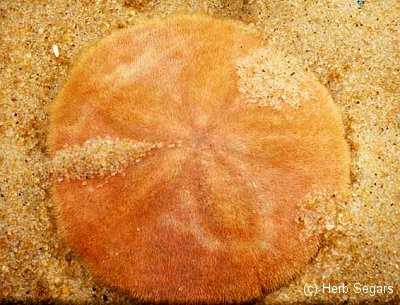
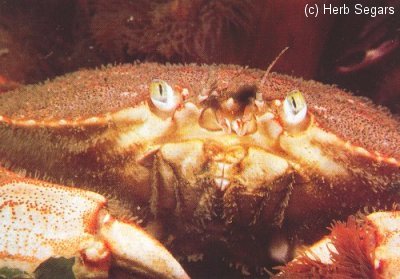
Today, I am not hunting but thinking about the catching process. The lobster's hole is usually small and deep, its entrance blocked by a pair of formidable claws, the lobster's front line of defense. I must plunge my hand blindly into the hole and try to pin the crustacean, avoid its damaging crusher claw, and extract it from its lair. Quite often, the lobster is the victor, leaving the hunter with sore fingers. If caught, the lobster must be gauged underwater to be sure it is of legal size and to check for egg-laden females. Undersized lobsters and egg bearers must be released immediately.
There are doorways in the hold that lead to other portions of the ship. It is very dangerous to penetrate a shipwreck without proper training, so I satisfy myself with exploring more of the easily accessible sections of the engine room. The abundance of marine life that has grown in the engine room in the three years that Spartan has been on the bottom is a testament to the success of New Jersey's artificial reef program.
I spot a beautiful sea anemone that I must photograph. I take three shots of it, varying the light intensity of each, knowing that one will thrill those who cannot visit this coldwater wonderland. As I move toward the bow of the boat, shafts of sunlight penetrate a dark corner of the engine room. The light creates an eerie mood as the rays dance with every movement of the clouds in front of the sun.
As I get closer, I see that the opening in the upper deck is large enough for a diver to fit through, so I ascend slowly into the open water. Here I am greeted by schools of Bergalls ( cunner ) friendly reef fish that are the most abundant species on the wreck. Pausing to admire the view, the extremely curious Bergalls move closer and closer, drawn by their reflections in the lens of my camera. Once they have accepted me, they actually become pests as they dive bomb in front of my lens just as I take a photograph. This might upset some people, but I feel privileged that they have become so at ease.
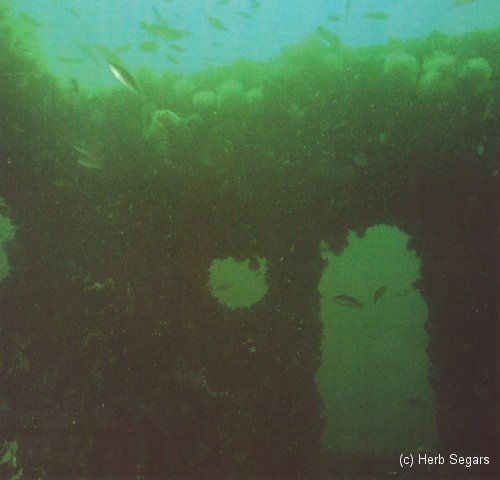
With a few minutes of air left, I drop off the side of the ship to investigate life in the sand. A four-inch wide trail leads me to a brownish colored, pancake-shaped sea urchin. It has a name that we all recognize - the sand dollar. After dying, the sand dollar loses its brownish spines and turns white. What does not disappear is its star-shaped insignia, a real attraction as a nautical novelty.
I begin a turn back toward the boat, placing my hand down onto the sand and am startled as the bottom explodes. My initial fright turns quickly to amusement as I watch the winter flounder I so rudely disturbed fade into the far reaches of my visibility. Not far from this camouflaged hiding place a little skate hovers and cruises, looking for tasty morsels in the sand.
Alas, I have reached the limits of my underwater excursion and slowly begin my ascent to the surface. The anchor line becomes my guide, allowing me the luxury of monitoring my computer while the dark green bottom water gives way to the lighter hues of the surface. Five minutes later I am aboard the boat, still entranced with the wonders of the Atlantic sea.
As New Jersey inhabitants, we are fortunate to have at our doorstep an environment as fertile as our farmlands, one I am privileged to visit and bring to you through my writing and photographs. Long live a clean and healthy ocean!
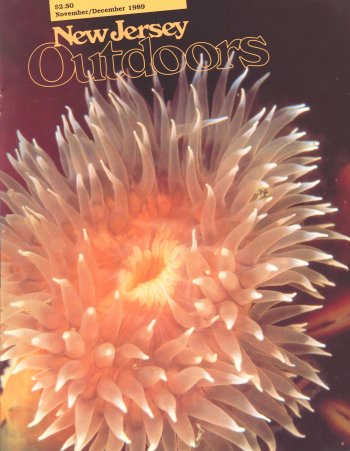
The underwater photography of Herb Segars has appeared often in NJO. When not on a dive, Herb frequently captures on film the many recreational opportunities and wildlife along the Jersey Shore.
This article first appeared in New Jersey Outdoors - November / December 1989
Historic photo courtesy of McAllister Towing


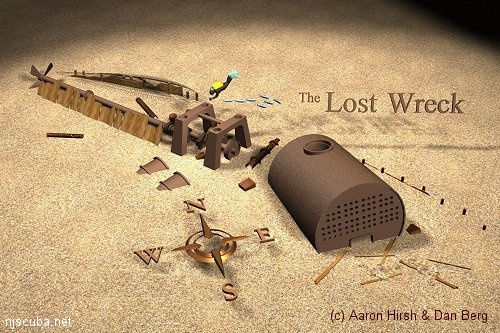
Questions or Inquiries?
Just want to say Hello? Sign the .